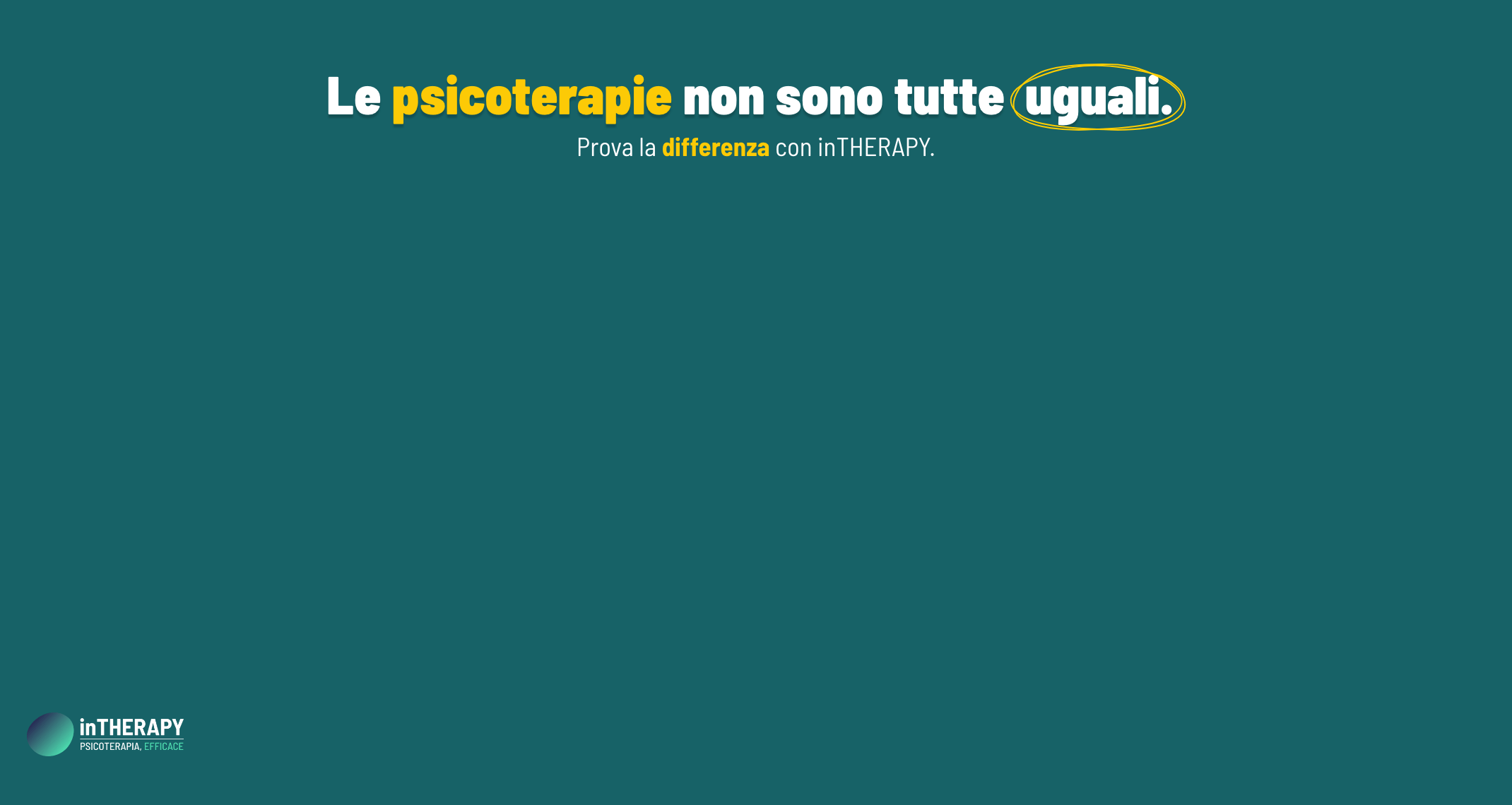Parents’ words and anxiety disorders – Part 1

While these disorders are unique because of their early age of onset, they also appear to have a debilitating effect on individuals later in life. Those with anxiety disorders have increased rates of financial dependency, suicidal ideation, lifetime comorbidity with other major disorders (e.g. depression), greater requirements for medical treatment and lower marriage rates (Schneier et al 1992). Given the combination of a possible early onset and the long lasting detrimental effects of anxiety disorders, researchers have investigated possible factors that could influence its development.
Children spend a great deal of their early lives speaking, playing and socializing with their parents. This time spent together has been the focus of much research, as parents who have an anxiety disorder tend to have children who develop them as well (Rapee & Spence, 2005). Thus, their interactions have been examined for specific behaviors that may encourage the development of shy and anxious behavior. These parental behaviors include an overanxious rearing style and, more specifically, anxiety provoking conversations between parents and their children. Specifically, in the context of anxiety, mothers are less positive, less likely in granting their children’s freedom, and more intrusive, negative and rejecting than mothers of non-anxious children (Rapee, 1997; Chorpita & Barlow, 1998).
Therefore, it appears that anxiety affects the way that parents interact with their children. As mentioned, specific differences have been found in parents’ behavior; however, there has been extensive work which examines the effect of anxiety on parents’ thoughts. In the next few weeks I will further discuss aspects of parental behaviors associated with the development of anxiety. Additionally I will discuss thought styles anxious parents have and how they communicated these thoughts to their growing children.
Bibliography:
- Chorpita, B. F., & Barlow, D. H. (1998). The development of anxiety: The role of control in the early environment. Psychological Bulletin, 124, 1, 3 – 21.
- Gregory, A. M., Caspi, A., Moffitt, T. E., Koenen, K., Eley, T. C., & Poulton, R. (2007). Juvenile mental health histories of adults with anxiety disorders. American Journal of Psychiatry, 164, 301 – 308.
- Schneier, R. F., Johnson, J., Horning, D. C., Liebowitz, R. M., Weissman, M. M. (1992). Social Phobia. Archives of General Psychiatry, 49 (4), 282 – 288.
- Rapee, R. M. & Spence, S. H. (2004). The etiology of social phobia: Empirical evidence and an initial model. Clinical Psychology Review, 24, 737 – 767.
- Rapee, R., M. (1997). Potential role of childrearing practices in the development of anxiety and depression. Clinical Psychology Review, 17, 1, 47 – 67.







